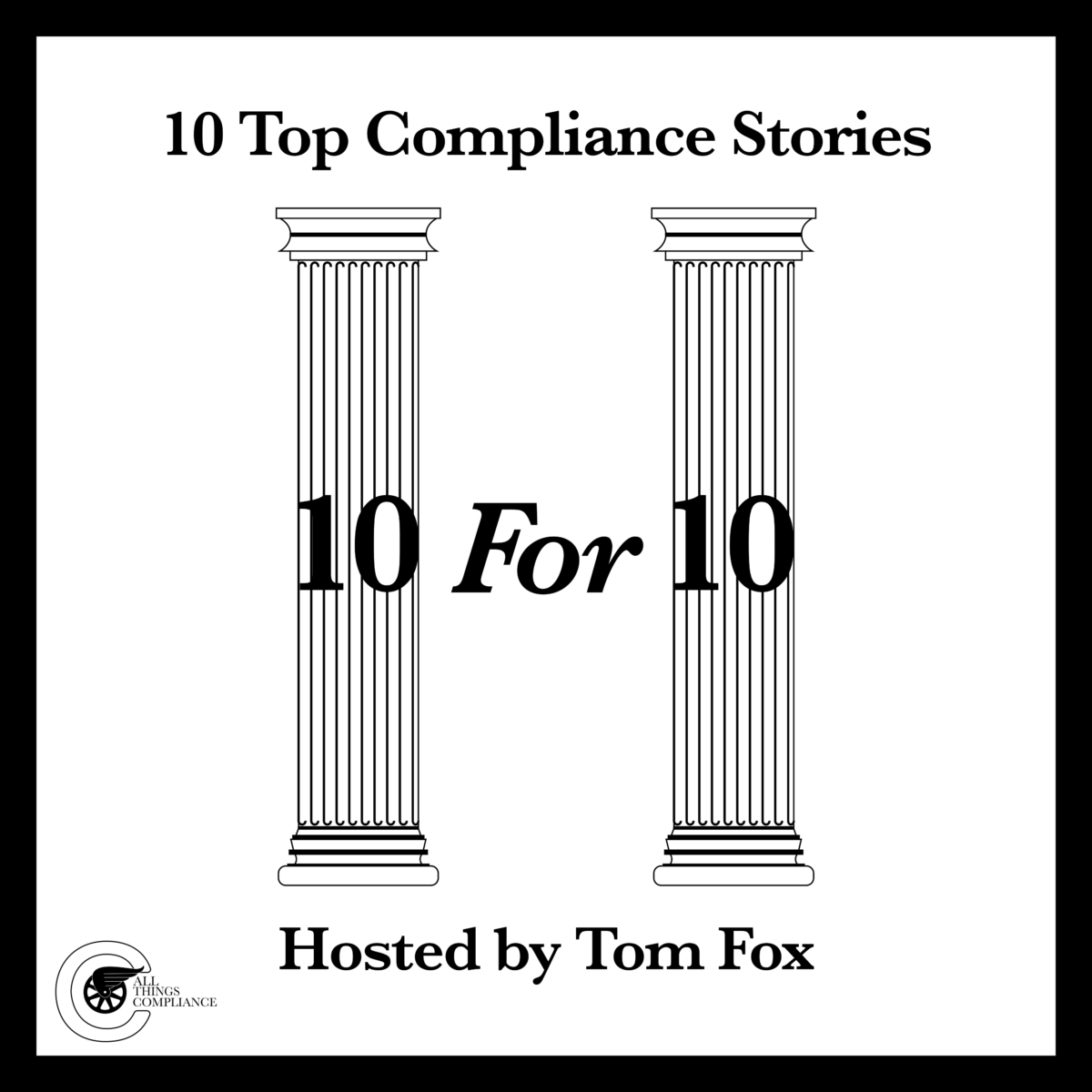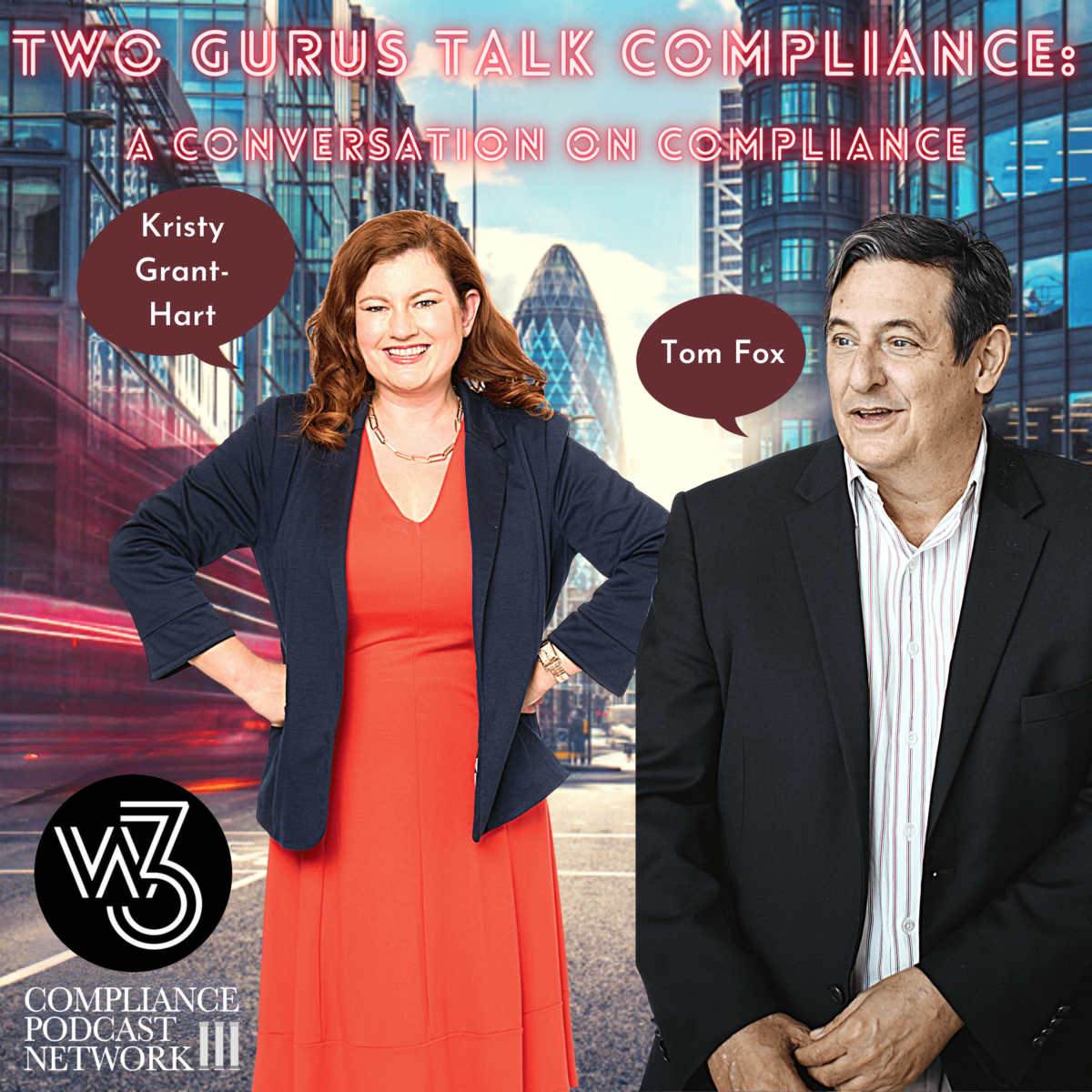Last month, I wrote a blog post on the tone at the top, exemplified in Star Trek’s Original Series episode, Devil in the Dark. Based on the response, some passionate Star Trek fans are out there. I decided to write a series of blog posts exploring Star Trek: The Original Series episodes as guides to the Hallmarks of an Effective Compliance program set out in the FCPA Resources Guide, 2nd edition. Today, I conclude my two-week series, looking at the Hallmarks of an Effective Compliance Program laid out by the Department of Justice (DOJ) and Securities and Exchange Commission (SEC) in the FCPA Resources Guide, 2nd edition.
Today, we look at lessons learned about performing and using root cause analysis. When it comes to compliance, organizations often find themselves in situations where they need to identify the root cause of a problem and implement corrective actions. In the world of Star Trek, we see many parallels that reflect these real-world challenges. One episode that stands out as a case study for root cause analysis (RCA) is The Corbomite Maneuver. This episode highlights the importance of RCA in high-pressure situations and illustrates how creative problem-solving can avert disaster.
In this episode, Balok, a mysterious and potent alien ship, comes into contact with the USS Enterprise. After ignoring warnings to leave the area, Balok holds the Enterprise captive and declares that he will destroy the ship. With this dire situation, Captain Kirk concocts a bluff, claiming that the Enterprise has a fictitious device called “Corbomite,” which would destroy any attacker who dares to fire upon it. The bluff works, and the crew discovers Balok is testing their reactions to evaluate their character. “The Corbomite Maneuver” narrative can be seen as a metaphor for conducting a root cause analysis in compliance. Here’s how the process unfolds:
Lesson 1. Problem Identification
The episode’s main issue is clear: an unknown alien force threatens to destroy the Enterprise. Problem identification is the RCA’s first and most critical step for compliance professionals. It involves recognizing and clearly defining the issue at hand. In a business context, this might be a regulatory violation, a product defect, or a failure in operational procedures. Here, the crew initially interprets Balok’s actions as hostile, similar to how one might react to symptoms without understanding underlying causes.
Lesson 2. Data Collection and Analysis
Kirk and his crew collect as much information as possible about the situation. They analyze Balok’s actions, study the alien ship, and assess their capabilities. Data collection in RCA involves gathering all relevant information related to the problem. This can include process logs, employee testimonies, incident reports, and more. Captain Kirk employs a methodical approach, gathering information about Balok and the alien ship, reflecting the critical root cause analysis stage.
Lesson 3. Cause Identification
Kirk realizes that Balok’s apparent hostility and the lack of communication and understanding between the two parties are the root causes of the threat. He deduces that Balok might be testing the crew rather than genuinely intending to destroy them. In RCA, identifying the root cause involves digging deeper than the immediate symptoms of the problem to uncover the underlying issues.
The Enterprise crew gathers as much information as possible about Balok and the alien ship before taking action. They analyze the alien’s behavior, the ship’s capabilities, and the possible motivations behind the encounter. This data collection and analysis helps them form a clearer picture of the true nature of the threat. Effective root cause identification requires gathering all relevant data and thoroughly analyzing it. This includes understanding the context, collecting facts from different sources, and piecing together a comprehensive view of the situation.
Lesson 4. Solution Development
In the episode, Kirk’s solution is to bluff, creating the illusion of the Corbomite device. This solution is based on his understanding of the situation and the likely behavior of the opponent. Similarly, once the root cause is identified in RCA, the next step is to develop and implement a solution that addresses the cause directly. Kirk’s bluff is a calculated risk, and he monitors the situation closely to see how Balok will react. In RCA, implementing a solution is not the final step; it must be followed by monitoring to ensure that the problem is truly resolved and that no new issues arise.
Lesson 5. Continuous Improvement
At the end of “The Corbomite Maneuver,” the Enterprise crew learns that Balok is testing them, and they use this experience to understand better how to handle similar situations in the future. RCA should always conclude with a review of the process to identify what was learned and how similar issues can be prevented in the future. After the episode, the crew reflects on their encounter with Balok and the lessons learned from the experience. This reflection is essential in compliance as well.
Continuous improvement relies on regular review and reflection on past actions. Post-incident reviews, audits, and assessments should be conducted to identify what went well and what didn’t and how the organization can improve its compliance posture in the future. Learning from successes and failures is key to building a robust and effective compliance program.
The Corbomite Maneuver also highlights the importance of creativity and leadership in the RCA process. Kirk’s decision to bluff with the Corbomite device is not a conventional solution. Still, it reflects his deep understanding of human (and alien) psychology and his ability to remain calm under pressure. In compliance, leaders must often think outside the box to effectively identify and address root causes. This might involve bringing in cross-functional teams, using new analytical tools, or rethinking established procedures.
Moreover, leadership is crucial in ensuring the RCA process is thorough and the solutions are implemented effectively. Just as Kirk takes personal responsibility for the safety of his crew, compliance leaders must ensure that RCA findings lead to fundamental, actionable changes within their organizations.
This episode provides a powerful narrative that can be applied to root cause analysis in compliance. Organizations can navigate the complex challenges they face by following the steps of problem identification, data collection, cause identification, solution development, implementation, and continuous improvement. The episode also reminds us of the importance of creativity, leadership, and calmness in the face of adversity—essential for any compliance professional aiming to protect their organization from risks and ensure long-term success.
In the end, the lesson from Star Trek is clear. Whether navigating the vast reaches of space or the complex world of corporate compliance, understanding the root cause of a problem is the key to finding lasting solutions and boldly going where no one has gone before.














